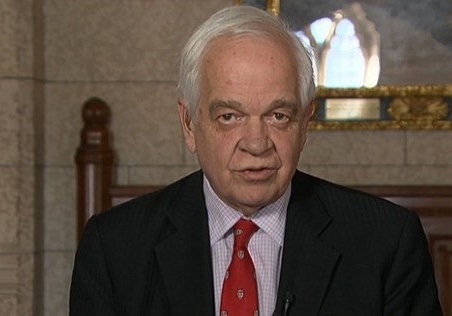The ambitious immigration plan of the Liberal government promises to zero in on family reunification, an issue that is very important to many new entrants to Canada.
“Canada will welcome a greater number of immigrants in 2016 with a special emphasis on family reunification,” Minister of Immigration, Refugee and Citizenship John McCallum said when he unveiled the government’s plan to bring in between 280,000 and 305,000 new permanent residents to Canada. “Canada will reunite families, offer a place of refuge to those fleeing persecution, and support Canada’s long-term economic prosperity.”
The minister said the government’s priority at the moment is to accelerate the resettlement of Syrain refugees and the reunification of Canadians with their families, while meeting Canada’s economic objectives.
McCallum’s Annual Report to Parliament also outlined how his ministry will increase levels of family class immigration and deal with the backlog of applications.
Immigration to Canada can be either on a permanent basis or temporary in nature, such as to visit, study or work.
Permanent residents are persons who have been admitted to live in Canada on a permanent basis and who have the right to work and study in Canada, but have not become Canadian citizens. In order to maintain their status, immigrants need to meet residency requirements and not violate the conditions of their status.
There are three classes of permanent residents: economic, family, and refugee.
In recent years, the government has granted more visas to international students. They are considered to be well-prepared to join the Canadian labour market, primarily because of having achieved Canadian educational credentials and being quick to integrate into the Canadian society. International students also spend more than $8 billion in the country each year.
But there are other types of immigrants affected by the backlog. For instance, tens of thousands of foreign workers have applied for permanent status or are seeking to bring their families to Canada.
Earlier this year, McCallum promised his department will work to cut processing times and backlogs affecting immigration streams such as those for caregivers.
Advocates for foreign caregivers previously complained that changes introduced by the then Conservative federal government had stifled the caregiver program.
For instance, to hire a caregiver, an employer needs get a positive Labour Market Impact Assessment. This is a certificate that shows there is a shortage of labour to justify hiring a foreign worker. Some reports indicated that from December 2014 to March last year, the Employment and Social Development Canada issued only 92 positive LMIAs.
Prior to this, the government was issuing 700 to 1,000 LMIAs per month.

